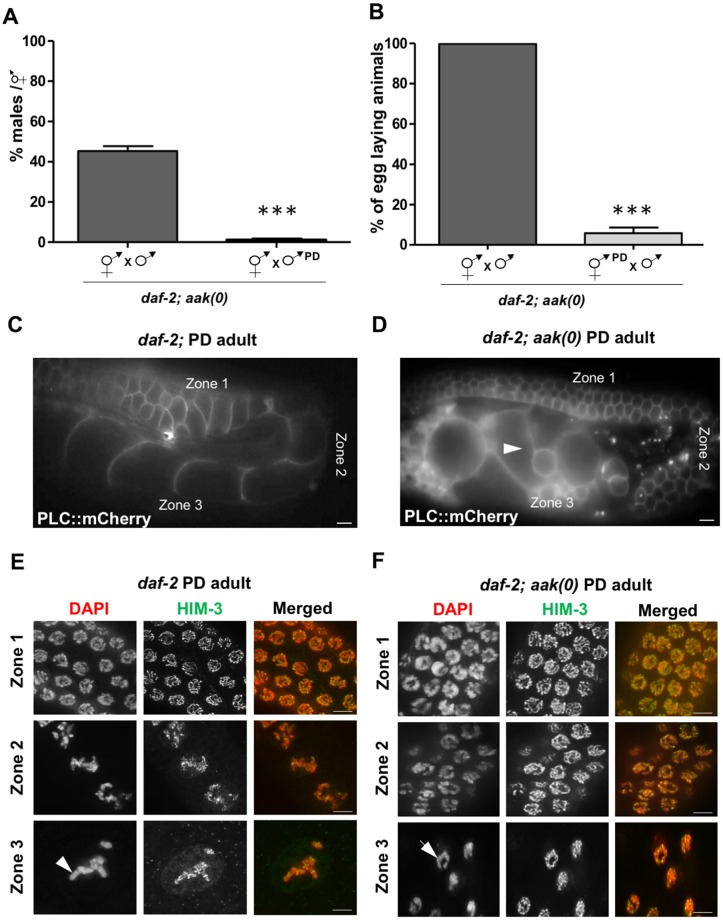Fig 2. AMPK-defective PD adults show abnormal gonadal morphology, and the germ cells fail to exit pachytene.
(A, B) Reciprocal crosses were performed, and a ratio of 20 males per hermaphrodite was maintained for all crosses. daf-2; aak(0) PD males were mated with control (never transited through the dauer stage) daf-2; aak(0). 15 individual crosses were set up, and a percentage of males/hermaphrodite in the F1 were counted. Few to no male progeny were identified in the F1 generation. The mean is shown ± SD. (B) daf-2; aak(0) PD hermaphrodites were crossed with control (never transited through the dauer stage) daf-2; aak(0) males. 15 crosses were set up, and PD aak(0) hermaphrodites exhibited a high frequency of sterility. The mean is represented ± SD. ***P < 0.0001 using Marascuilo procedure. (C, D) All animals analyzed express a Ppie-1::PLC::mCherry transgene to monitor germ cell membranes/organization. (C) In daf-2 PD adults, the gonad and germ cells developed normally and no obvious defects were observed, but daf-2; aak(0) PD adults exhibited various defects in gonad development and organization (D). Oocyte morphology was abnormal (white arrowhead), and they lacked the typical file-like organization observed in the control daf-2 PD animals. (E, F) Meiotic progression was monitored by subdividing the post-transition zone gonad into 3 different subregions. In the first subregion after the transition zone (Zone 1), germ cells entered pachytene stage; in Zone 2, the cells did exit pachytene and initiated the separation of the paired chromosomes (diplotene); in Zone 3, separation of the paired chromosomes was complete, with 6 tightly condensed DAPI-stained bodies representing 6 pairs of homologous chromosomes (diakinesis). (E) In daf-2 PD, the germ cells passed through all these meiotic stages to eventually give rise to 6 condensed DAPI-stained bodies (white arrowhead). (F) In daf-2; aak(0) PD adults, the germ cells entered pachytene in Zone 1 but failed to completely exit the pachytene stage based on the continued presence of long chromosome tracks (white arrow). (C–F) n = 20. Scale bar: 10 μm in C and D, 4 μm in E and F. Underlying data can be found in S1 Data. aak, AMP-activated Protein Kinase subunit; AMPK, AMP Kinase; DAF, DAuer Formation abnormal; HIM-3, High Incidence of Males 3; PD, post-dauer; PLC, PhosphoLipase C; Ppie, Promoter of Pharynx and Intestine Excess.

